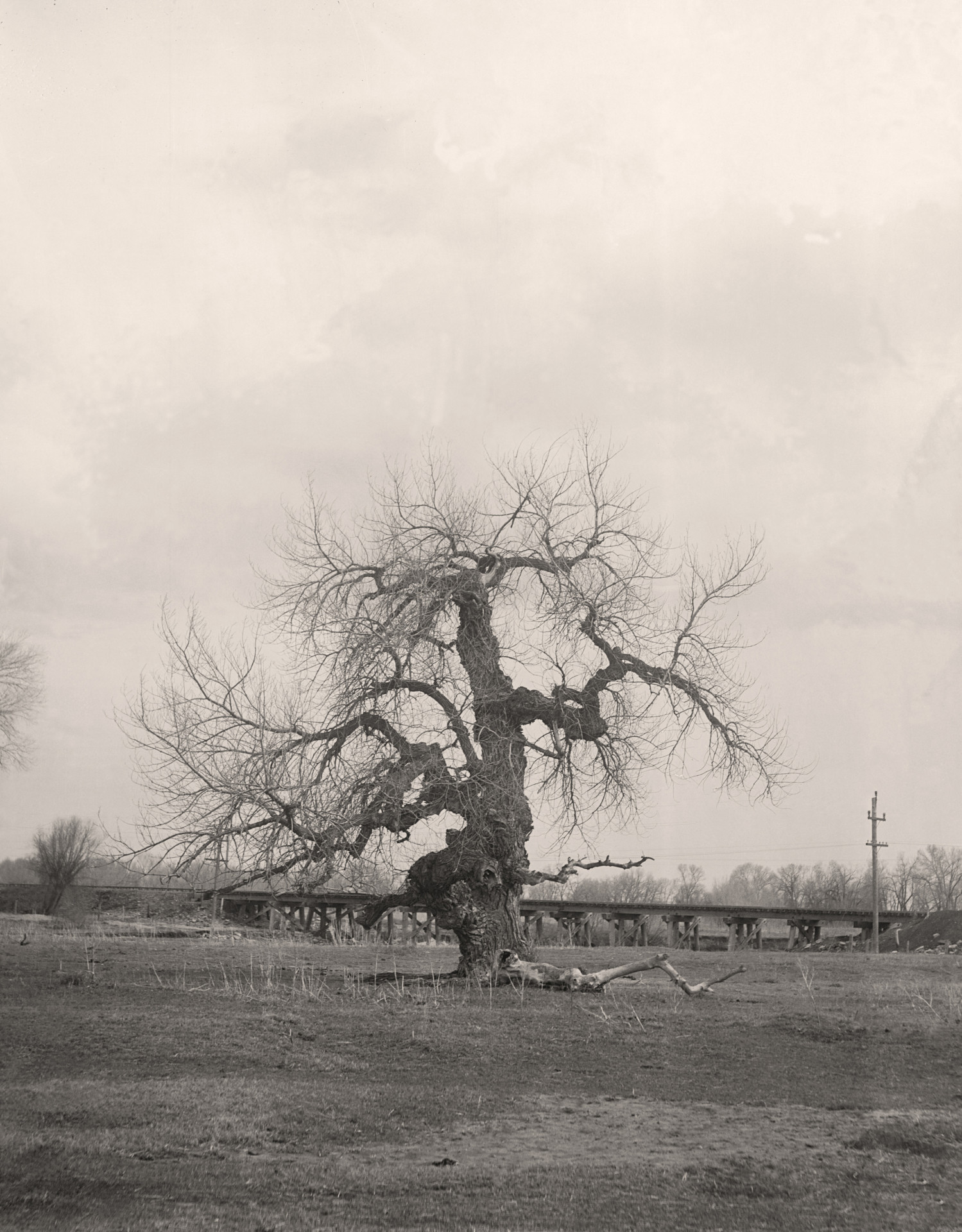

Colorado State University has an official statement honoring the ties of Indigenous people to land on which the University operates. The land acknowledgment is read at events, including commencements, and is integrated into campus culture and history to express truth, gratitude, and respect.
Colorado State University acknowledges, with respect, that the land we are on today is the traditional and ancestral homelands of the Arapaho, Cheyenne, and Ute Nations and peoples. This was also a site of trade, gathering, and healing for numerous other Native tribes. We recognize the Indigenous peoples as original stewards of this land and all the relatives within it. As these words of acknowledgment are spoken and heard, the ties Nations have to their traditional homelands are renewed and reaffirmed.
CSU is founded as a land-grant institution, and we accept that our mission must encompass access to education and inclusion. And, significantly, that our founding came at a dire cost to Native Nations and peoples whose land this University was built upon. This acknowledgment is the education and inclusion we must practice in recognizing our institutional history, responsibility, and commitment.

The Council Tree was a well-known gathering point for Arapaho and other Native people on what is now the southeast side of Fort Collins. The tree is referenced in names for a city library branch, a street, and a church. Photo: Colorado State University Libraries, Archives & Special Collections
To learn more, read the CSU Magazine story on CSU’s Land Acknowledgment and learn more about the council tree.